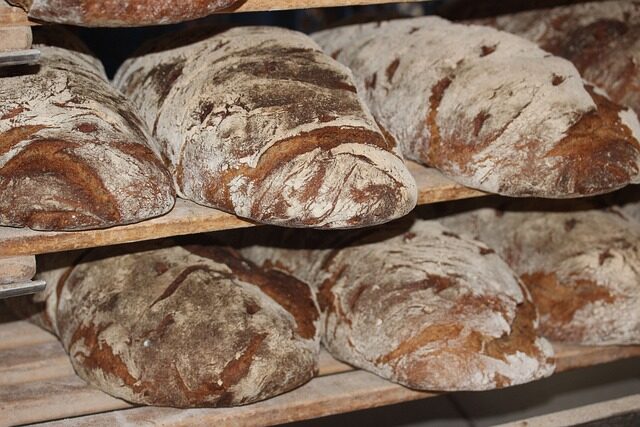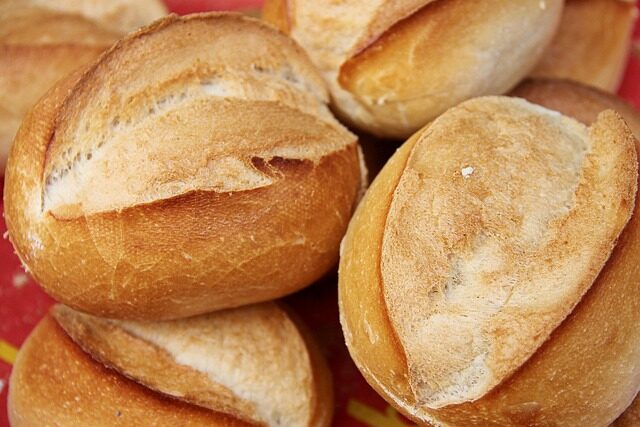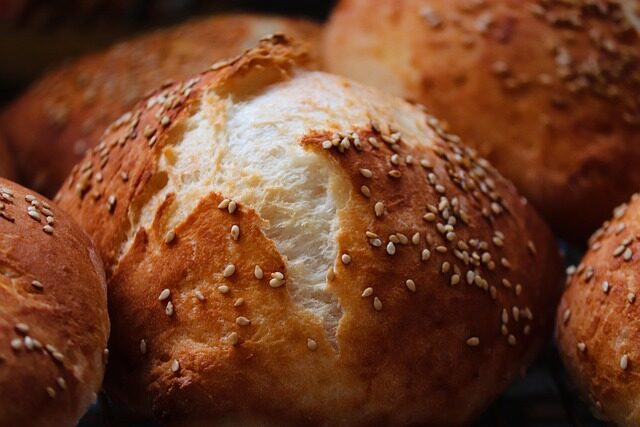Immersing yourself in the world of Scandinavian baking introduces you to the delightful skolebrød, a pastry that has warmed the hearts of Norwegians for generations. These sweet buns, filled with vanilla custard and topped with a layer of icing and desiccated coconut, have become a beloved treat across Nordic countries and beyond.
Whether you’re a seasoned baker or a curious foodie, the journey to creating your own skolebrød at home can be a fulfilling endeavor. Let’s explore the steps and secrets to mastering this Nordic recipe, perfect for any occasion or simply as a comforting snack.
What is skolebrød?
Skolebrød, also known as skoleboller, is more than just a pastry; it’s a piece of Norwegian history. Since the 1950s, these enriched dough buns have been a staple in school lunches and local bakeries. The name itself translates to «school bread,» reflecting its popularity among children.
The traditional skolebrød features a soft dough that’s infused with the warming spice of cardamom, a hallmark of Scandinavian baking. Inside, a dollop of creamy vanilla custard awaits, and the bun is finished with a sweet icing and a sprinkle of coconut on top. It’s this combination of flavors and textures that has solidified skolebrød’s place in Norwegian culture.

How to make skolebrød?
The process of making skolebrød can be a delightful baking adventure. To start, you’ll need key ingredients like flour, sugar, freshly ground cardamom, and yeast. Combine these with butter, milk, and eggs to form the dough. After kneading, let the dough rise to achieve that signature fluffiness.
Once the dough has doubled in size, divide it into pieces and shape each one into a bun. Press a well into the center of each bun and fill it with a spoonful of homemade vanilla custard. After a second proofing, the buns are baked until golden. A final adornment of icing and coconut completes the skolebrød, making them ready to enjoy.
Expert tips for perfecting skolebrød
For those new to the art of Scandinavian baking, a skolebrød recipe for beginners can guide you through each step. Remember, the quality of cardamom is crucial—opt for freshly ground pods for a more aromatic result. When it comes to the custard, ensure it’s thick enough to hold its shape during baking.
Bakers often stress the importance of not rushing the proofing stages. Patience here is key to achieving the right texture. Additionally, keep a watchful eye on the oven as skolebrød can go from perfectly golden to overdone quickly. It’s these little details that can make a significant difference in the final product.

Skolebrød storage tips
Storing skolebrød properly is essential to maintaining their freshness. Once cooled, keep them in an airtight container at room temperature if you plan to enjoy them within a couple of days. For longer storage, skolebrød can be frozen, ideally individually wrapped to preserve their moisture and texture.
When you’re ready to indulge, allow the skolebrød to thaw at room temperature or gently warm them in the oven for a just-baked feel. Enjoying them with a cup of coffee or tea is a traditional way to savor these treats, just as the Norwegians do.
Delicious variations of skolebrød
Skolebrød’s versatility allows for numerous interpretations. Those looking to explore vegan baking recipes might appreciate skolebrød with vegan custard filling. Here, dairy is replaced with plant-based alternatives, and eggs can be substituted with ingredients like saffron to mimic the custard’s golden color.
Exploring different fillings can also be fun. From fruit jams to chocolate, each variation can add a new twist to the classic bun. And while the traditional topping is icing and coconut, feel free to get creative with nuts or even a drizzle of chocolate for added decadence.

Exploring more Scandinavian baking recipes
Skolebrød is just the tip of the iceberg when it comes to Scandinavian baking traditions. Norway and its neighboring countries boast an array of traditional Norwegian desserts and breads, each with its unique flavors and baking techniques.
From the spiced and fruity julekake to the crunchy, almond-rich kransekake, the world of Nordic baking is rich and diverse. Bakers can expand their repertoire to include these and other recipes like kanelboller (cinnamon rolls) or the festive pepperkaker (gingerbread cookies).
To dive deeper into the world of skolebrød and Scandinavian baking, watching informative videos can be immensely helpful. Here’s a visual guide to creating your own skolebrød at home:

What is skolebrød made of?
The simplicity of ingredients in skolebrød is part of its charm. Flour, sugar, milk, butter, yeast, and eggs come together to form the base dough. The custard filling typically requires milk, vanilla, sugar, and eggs. However, with the rise of dietary preferences and restrictions, these ingredients can be adapted to create vegan-friendly versions of skolebrød.
How can I make skolebrød vegan?
Creating a vegan version of skolebrød is easier than you might think. Substitute the dairy with almond or soy milk, and use vegan butter. For the custard, a combination of plant-based milk, cornstarch, and vanilla, with a pinch of turmeric for color, can yield a delicious vegan custard that’s perfect for filling your buns.
As you embark on the journey of making skolebrød, a Nordic recipe, remember to enjoy not only the final product but also the process of bringing a taste of Norway into your kitchen. Whether you stick to the traditional recipe or venture into vegan territory, the warmth and comfort these pastries provide remain the same.

